Changes to be done in the e-way bill system to bring in more transparency
Updated: Mar 27, 2019 06:57:40am
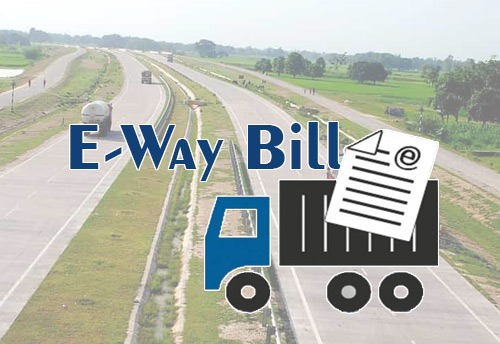
Changes to be done in the e-way bill system to bring in more transparency
New Delhi, Mar 27 (KNN) The e-way bill portal has announced certain forthcoming changes in the E-way Bill (EWB) System with a view to remove tax evasion attempts.
Touted as an anti-evasion measure, e-way bill system was rolled out on April 1, 2018, for moving goods worth over Rs 50,000 from one state to another. The same for intra or within the state movement was rolled out in a phased manner from April 15.
As per a statement issued by the portal, below are the forthcoming changes in e-way bill system:
Auto calculation of route distance based on PIN code for generation of EWB
Now, E-waybill system is being enabled to auto calculate the route distance for movement of goods, based on the Postal PIN codes of source and destination locations. That is, the e-waybill system will calculate and display the actual distance between the supplier and recipient addresses. User is allowed to enter the actual distance as per his movement of goods.
However, it will be limited to 10% more than the displayed distance for entry. That is, if the system has displayed the distance between Place A and B, based on the PIN codes, as 655 KMs, then the user can enter the actual distance up to 720KMs (655KMs + 65KMs).
In case, the source PIN and destination PIN are same, the user can enter up to a maximum of 100KMs only. If the PIN entered is incorrect, the system would alert the user as INVALID PIN CODE. However, he can continue entering the distance.
Further, these e-waybills having INVALID PIN codes are flagged for review by the department. Route distance calculation between source and destination uses the data from various electronic sources. This data employs various attributes, for example: road class, direction of travel, average speed, traffic data etc.
These attributes are picked up from traffic that is on National highways, state highways, expressways, district highways as well as main roads inside the cities. A proprietary logic is then used for approximating the distance between two postal pin codes. The distance thus derived is then provided as the motorable distance at that point of time.
Blocking of generation of multiple E-Way Bills on one Invoice/document
Based on the representation received by the transporters, the government has decided not to allow generation of multiple e-way bills based on one invoice, by any party – consignor, consignee and transporter.
That is, once e-way bill is generated with an invoice number, then none of the parties – consignor, consignee or transporter – can generate the E-Way Bill with the same invoice number. One Invoice, One E-way Bill policy is followed. The change will come in the next version.
Extension of E-Way Bill in case Consignment is in Transit
The transporters had represented to incorporate the provision to extend the E-way Bill, when the goods are in transit. The transit means the goods could be on Road or in Warehouse. This facility is being incorporated in the next version for the extension of E-way Bill.
During the extension of the e-way bill, the user is prompted to answer whether the Consignment is in Transit or in Movement. On selection of In Transit, the address details of the transit place need to be provided.
Blocking of Interstate Transactions for Composition dealers
As per the GST Act, the composition tax payers are not supposed to do Interstate transactions. Hence next version will not allow generation of e-way bill for inter-state movement, if the supplier is composition tax payer. Also, the supplies of composition tax payers will not be allowed to enter any of the taxes under CGST or SGST for intrastate transactions. In case of Composition tax payer, document type of Tax Invoice will not be enabled.


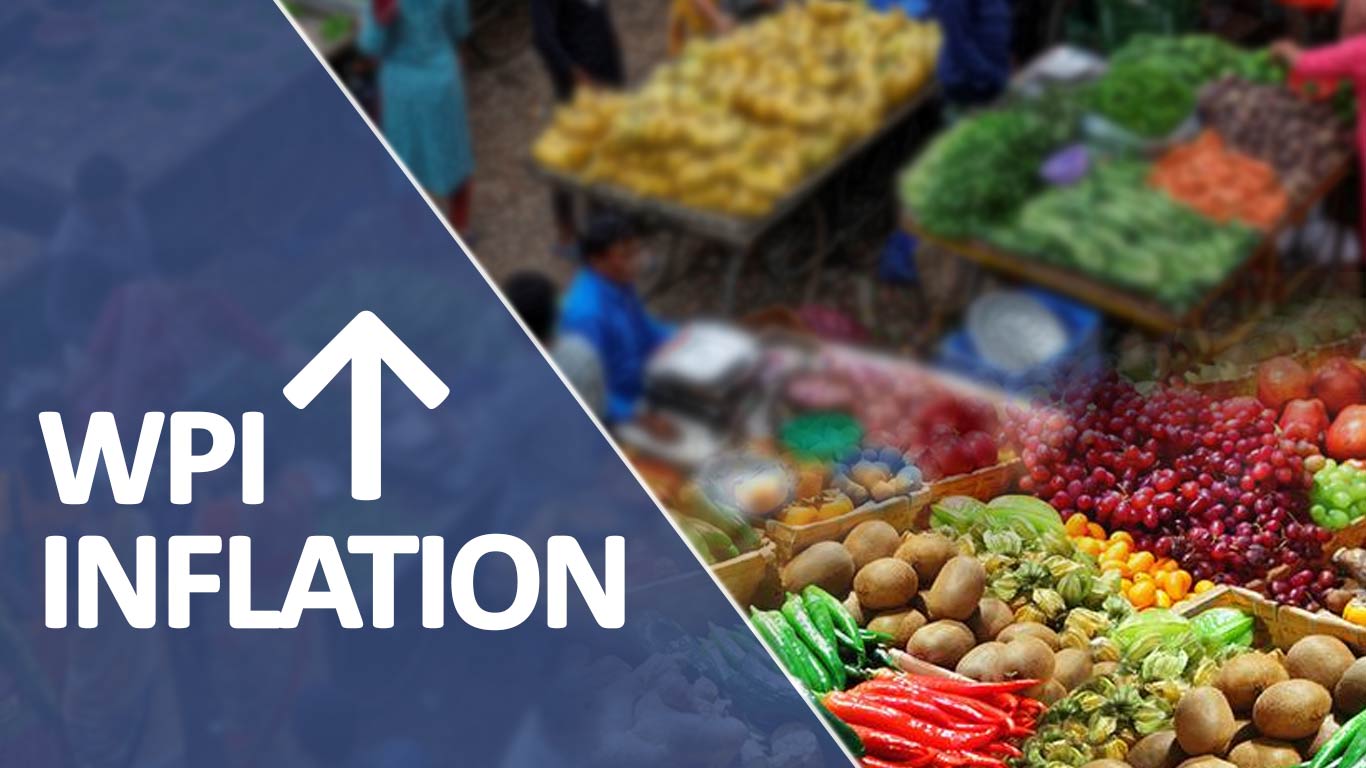
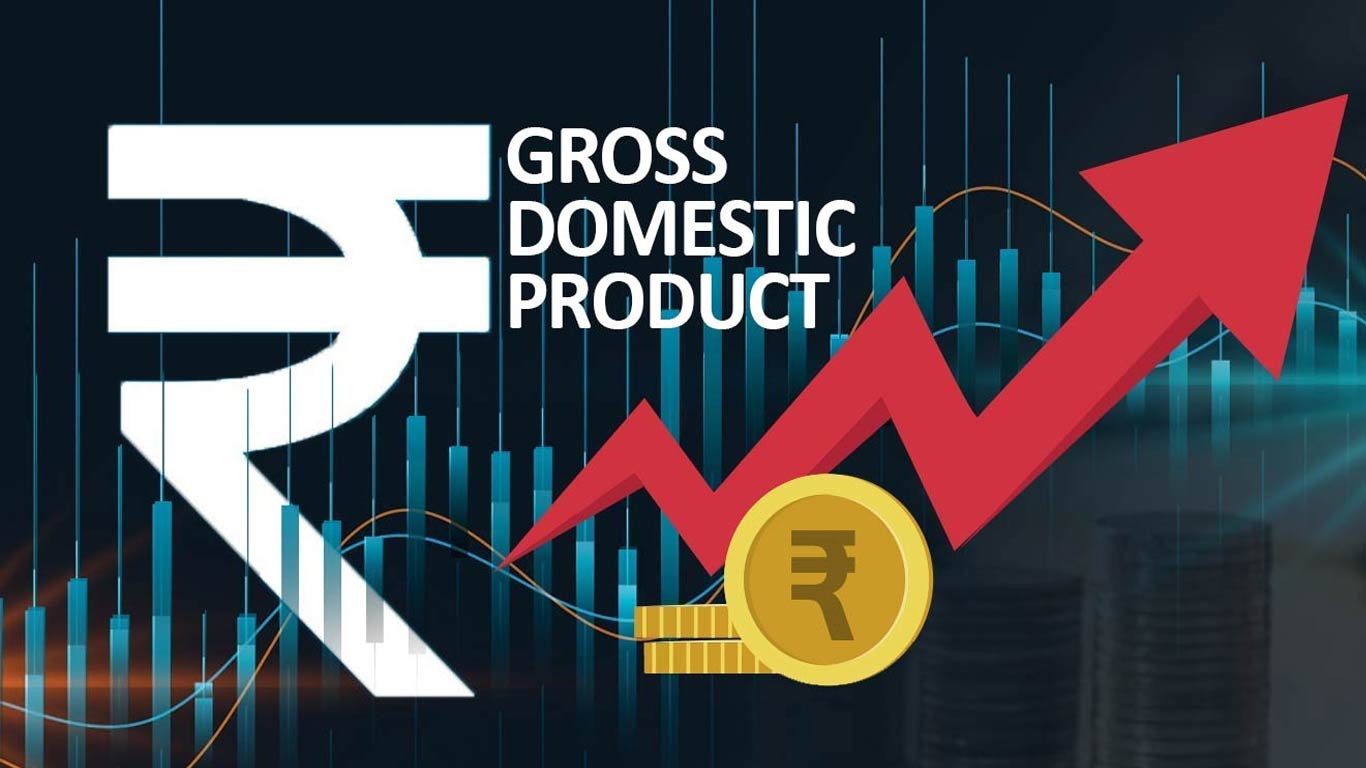
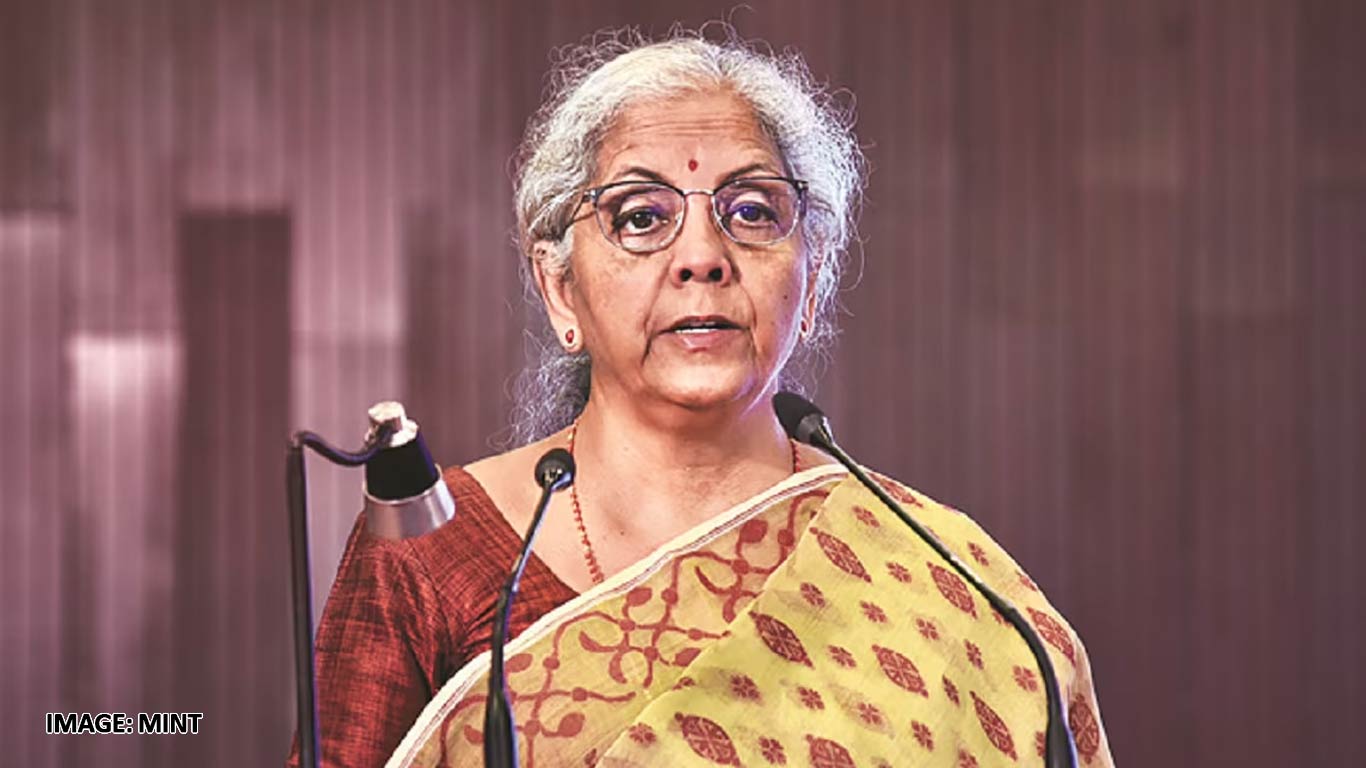
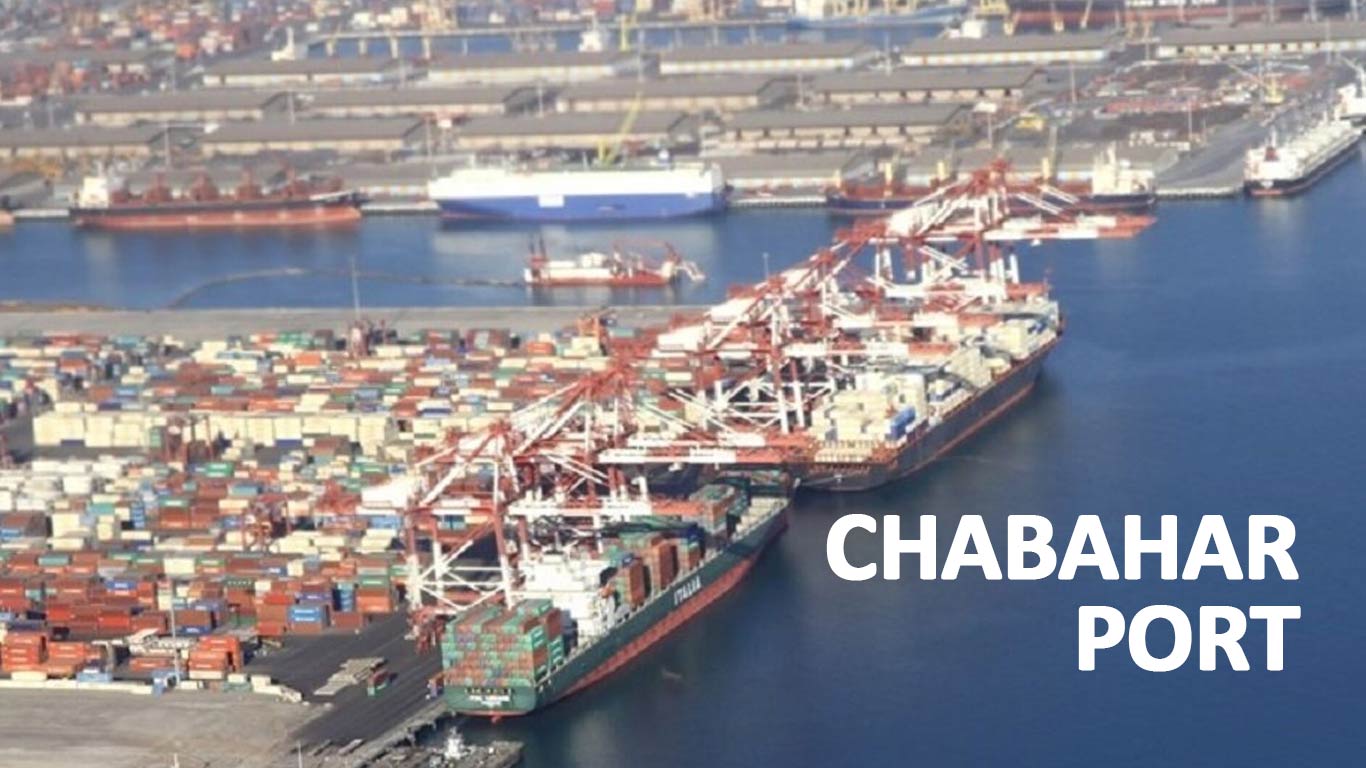





